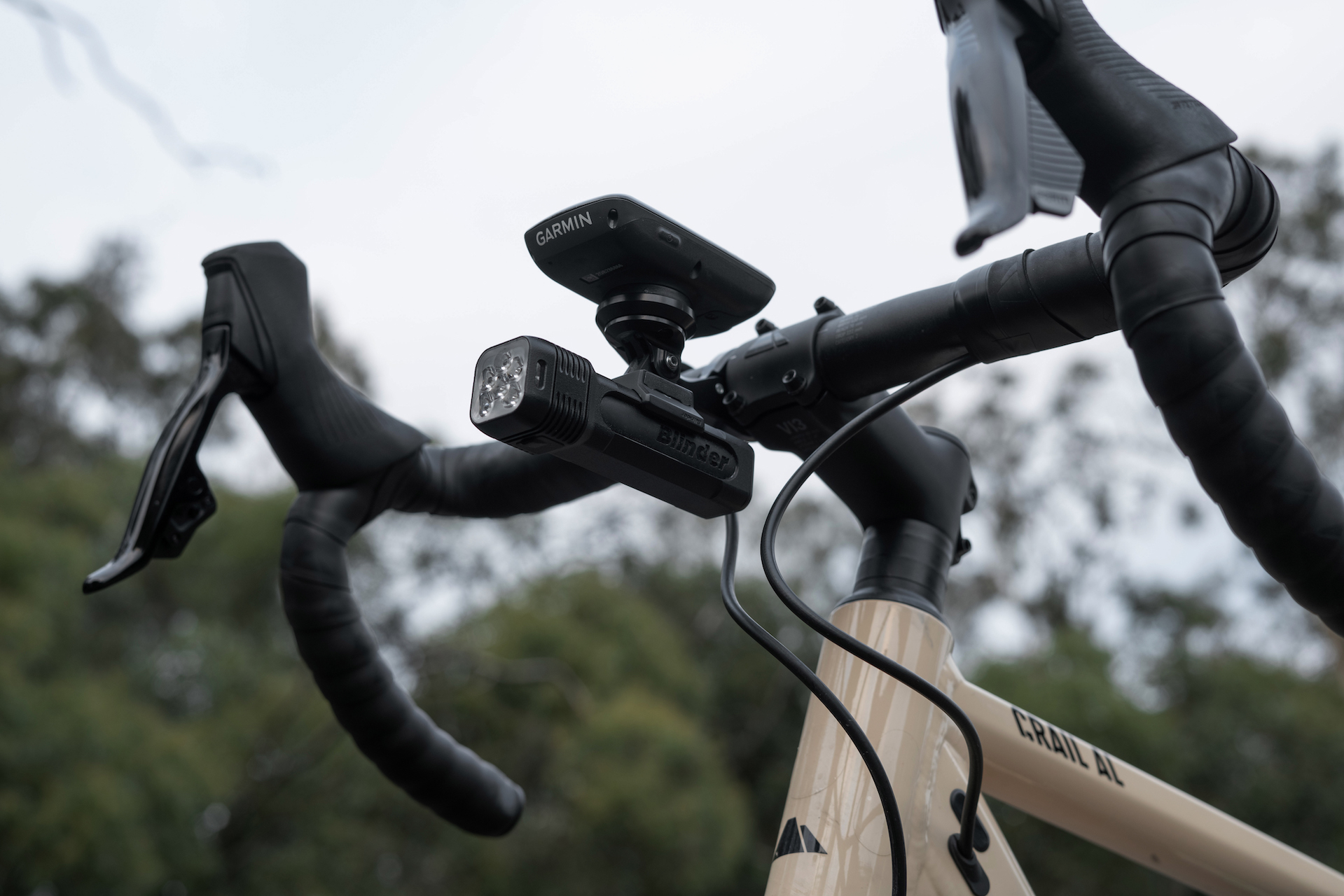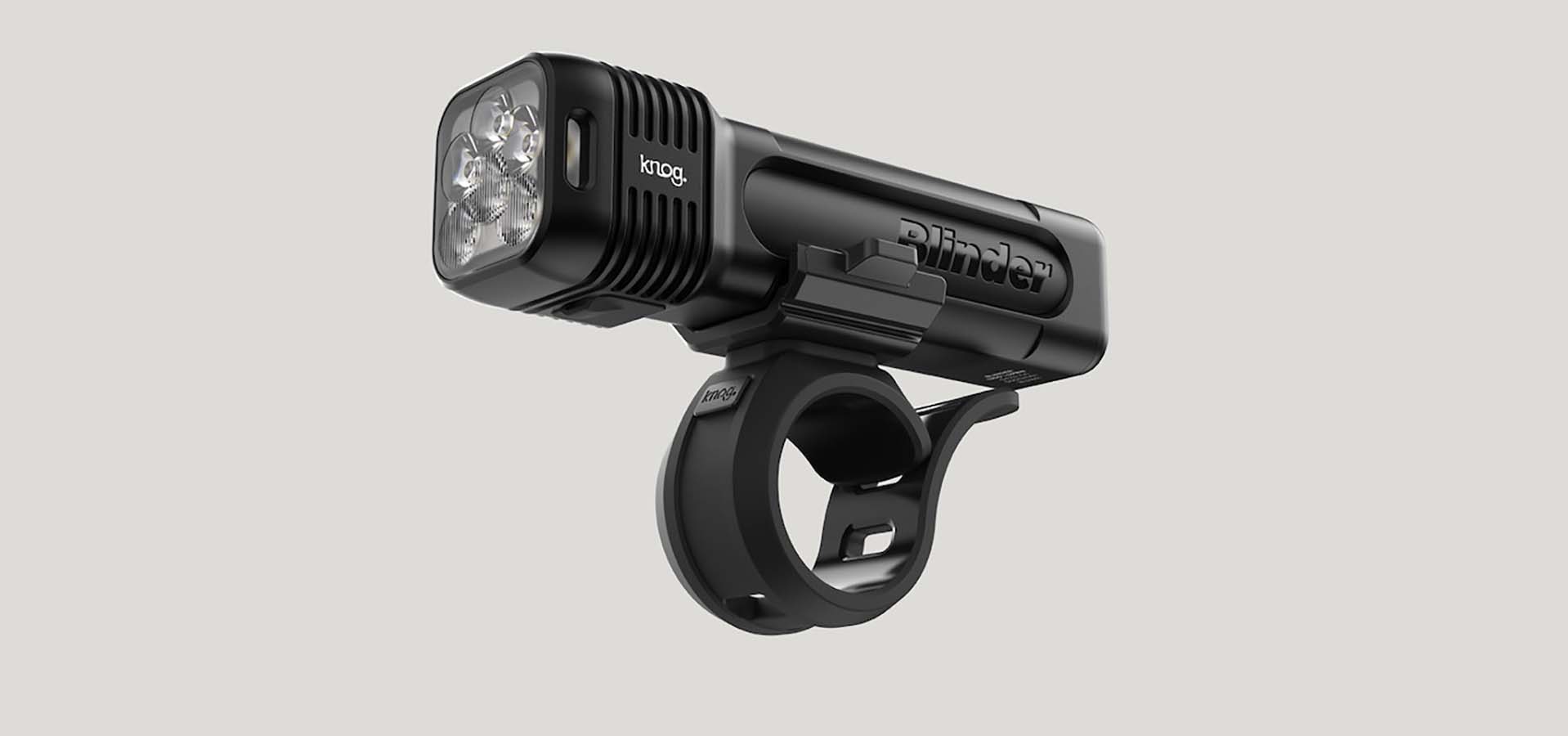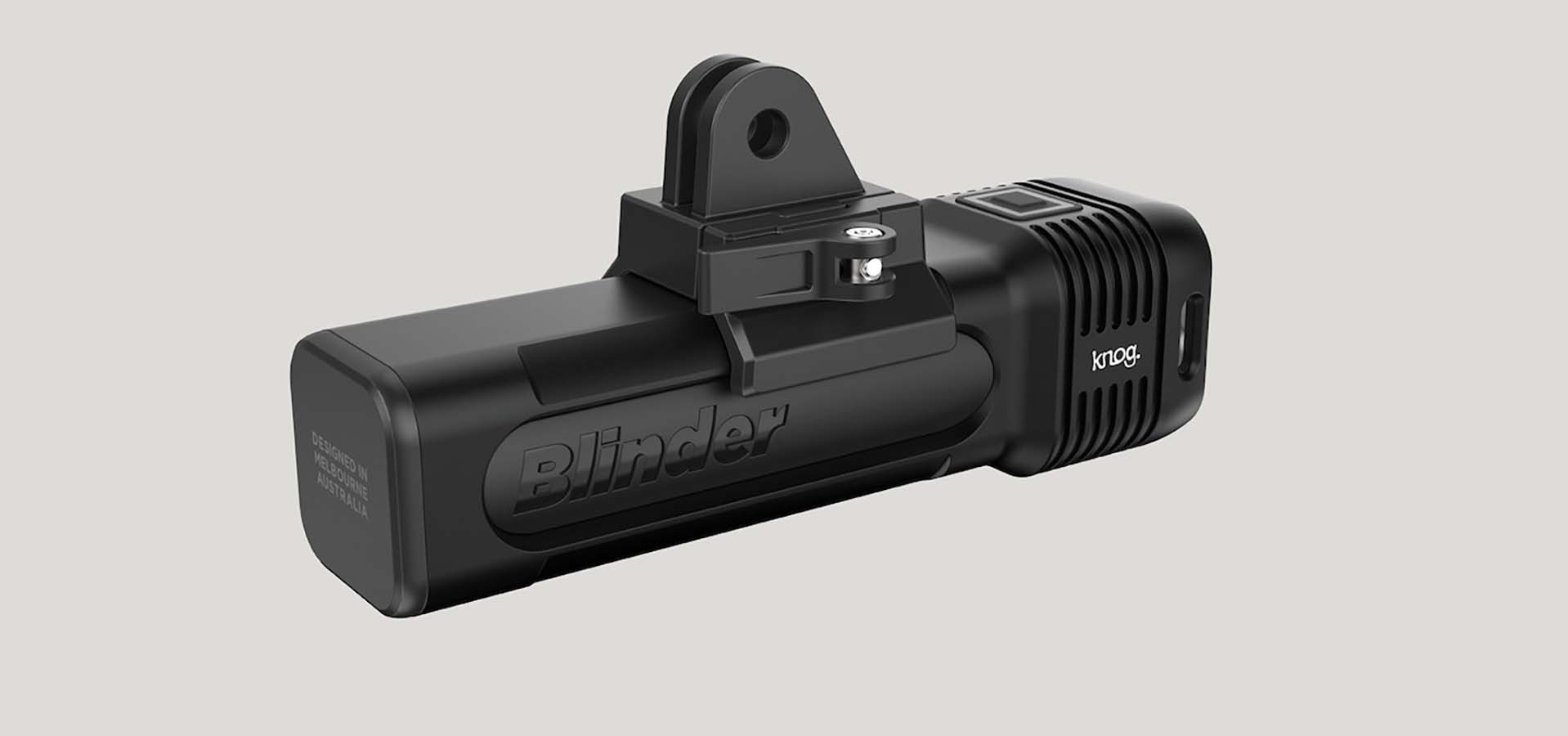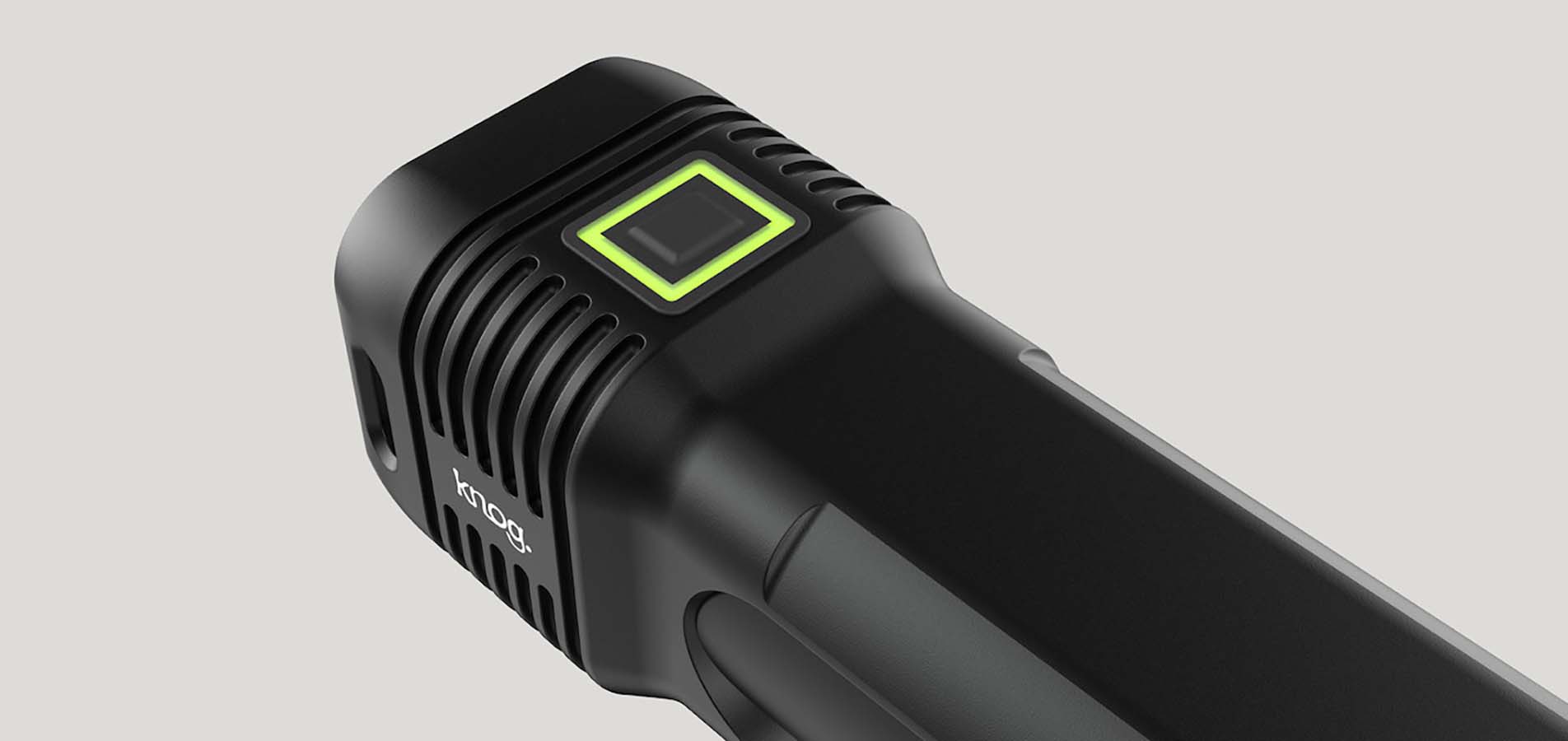As with any good design solution, at Knog we always start by identifying the specific problem that we felt needed to be addressed. The specific problem facing cyclists that choose to ride off road is that they require a powerful light, with a specifically wide-spread beam pattern and that has long battery runtimes even on full power.
The research at the sart of this project was comprehensive, included benchmarking all leading global bike light offerings. As part of this research stage Knog’s engineers started to explore the developments within the battery market, to better understand how Knog might utilise this new battery tech to extending the run times of our lights.
Following a brainstorm, Knog’s design team started to analyse various solutions that they had been developing. At this stage of the development process the design team made the breakthrough discovery of a new battery technology the 21700 that might offer a solution, as it provide outstanding power density coupled with heat sink efficiency. These were attributes that any light solution would need to have.
The design breakthrough was that it might be possible to performance out of the battery that we required; the design of Blinder 1300 started to take shape. The functionality of the battery helped inform some of the design cues on the new light, as did the need for the light to be able to mount in a very purposeful manner centrally on a bike handles bars.
During this development phase another discovery was made that was critical in the development of the Blinder. Knog design team made the discovery that it would be possible to CNC machine the light’s housing from a single piece of aluminium which not only help with heat regulation, but also made the light very robust whilst still also being lightweight.






